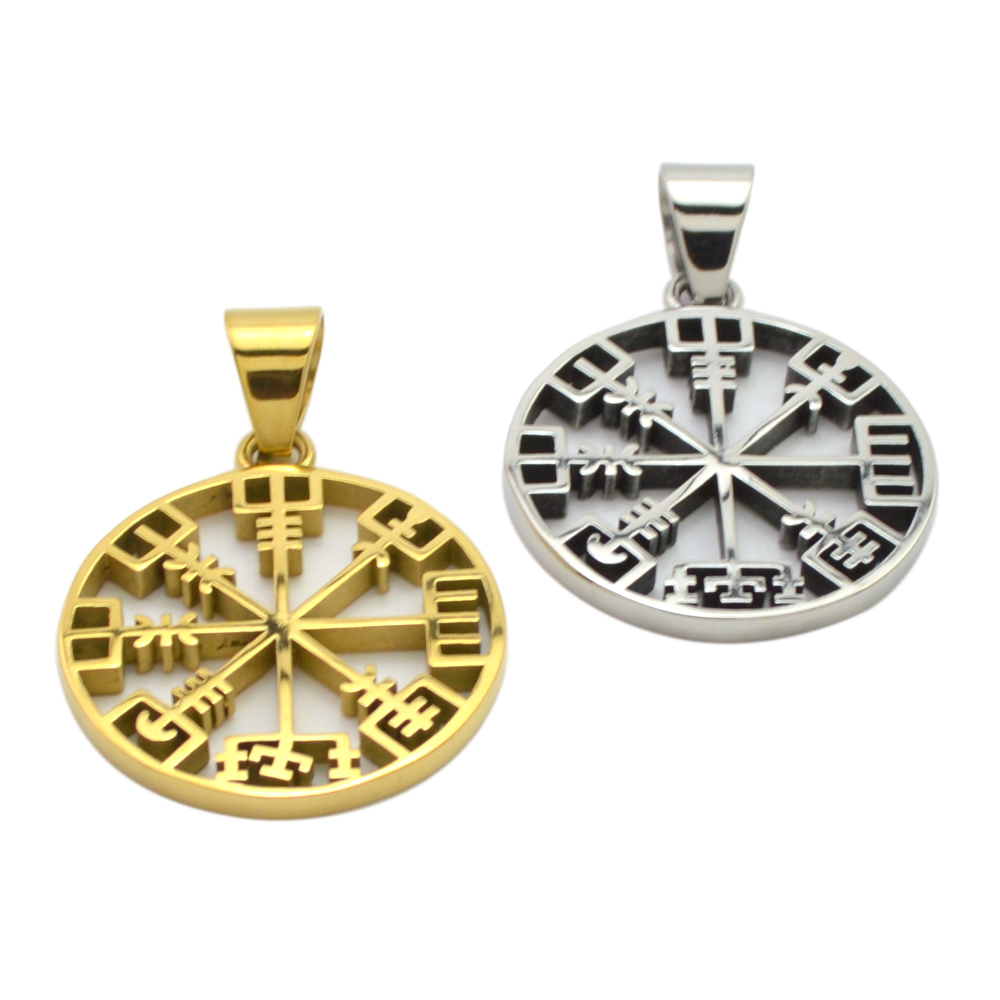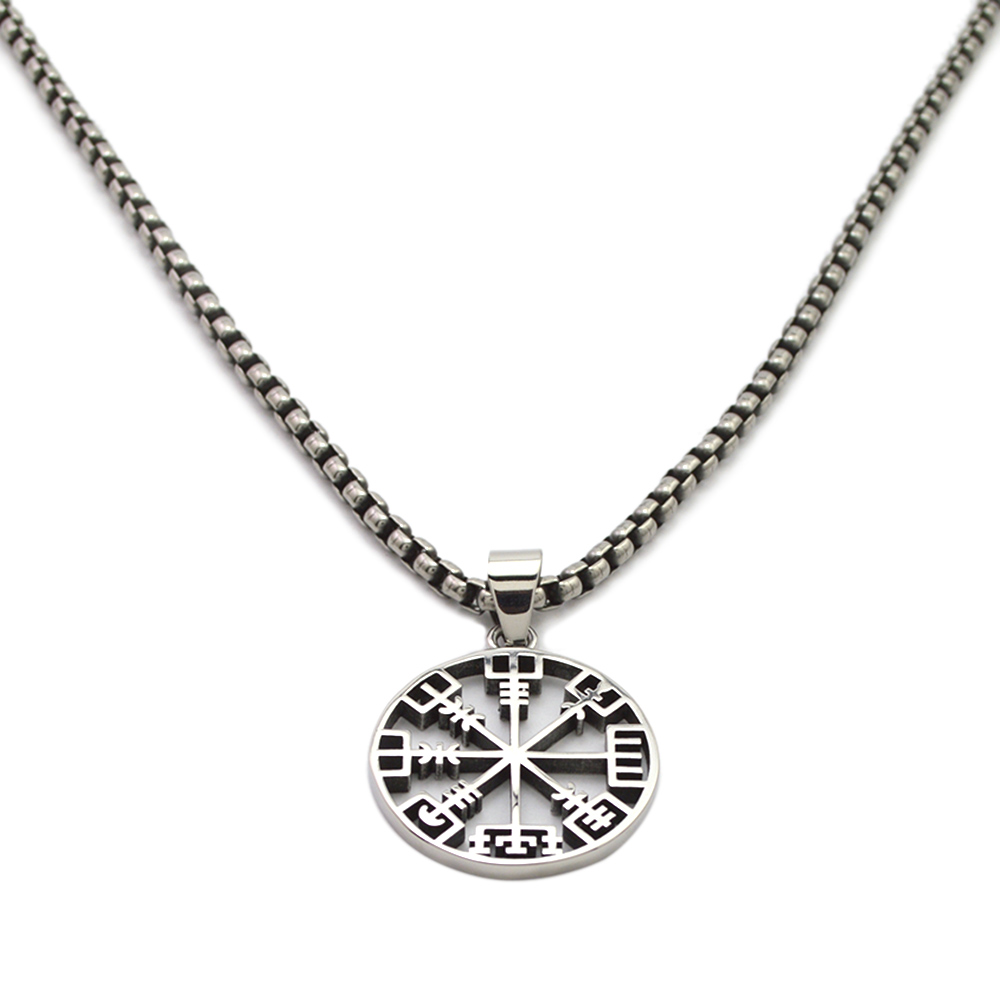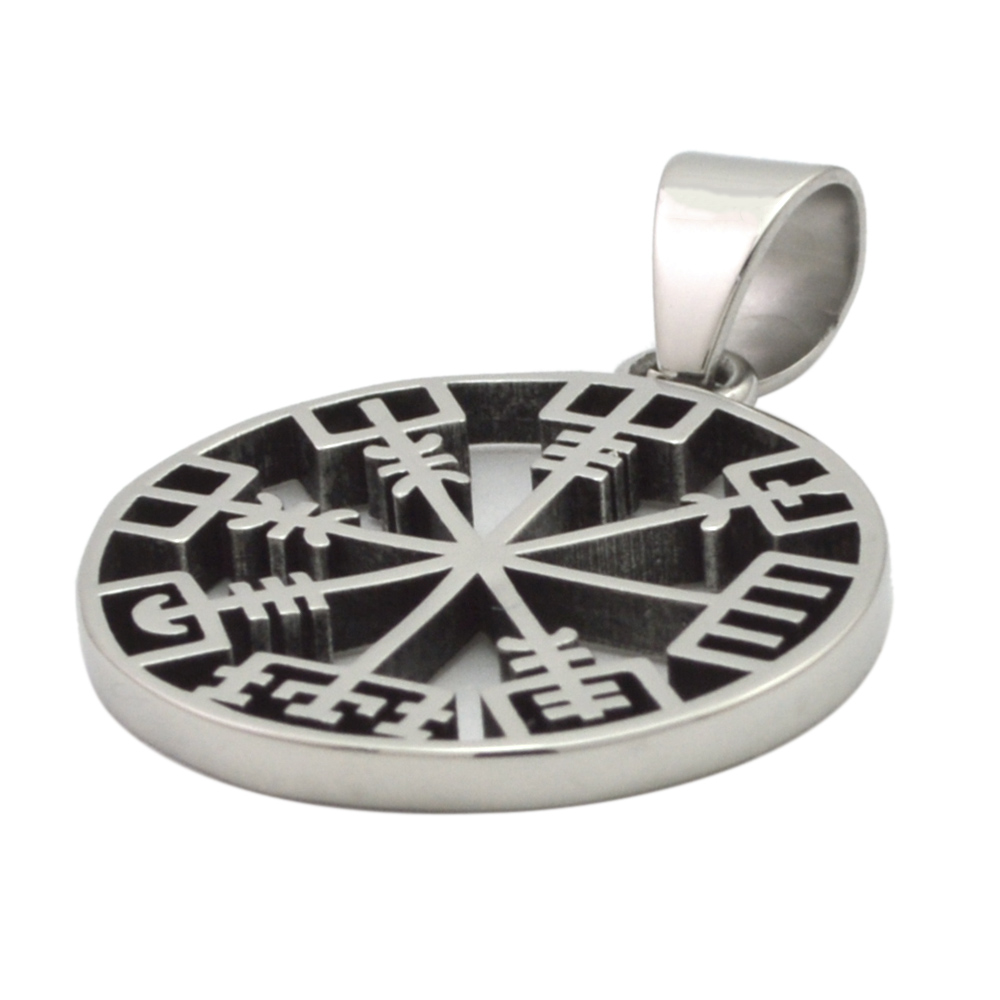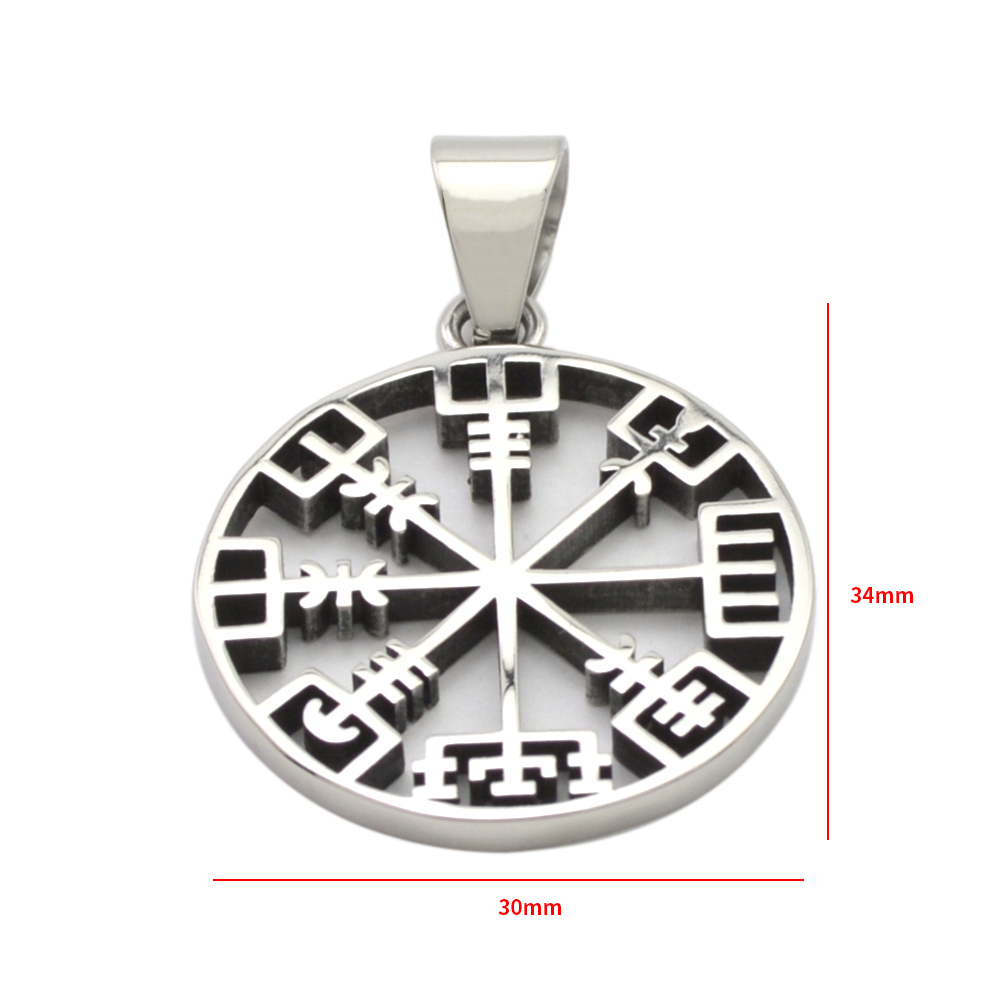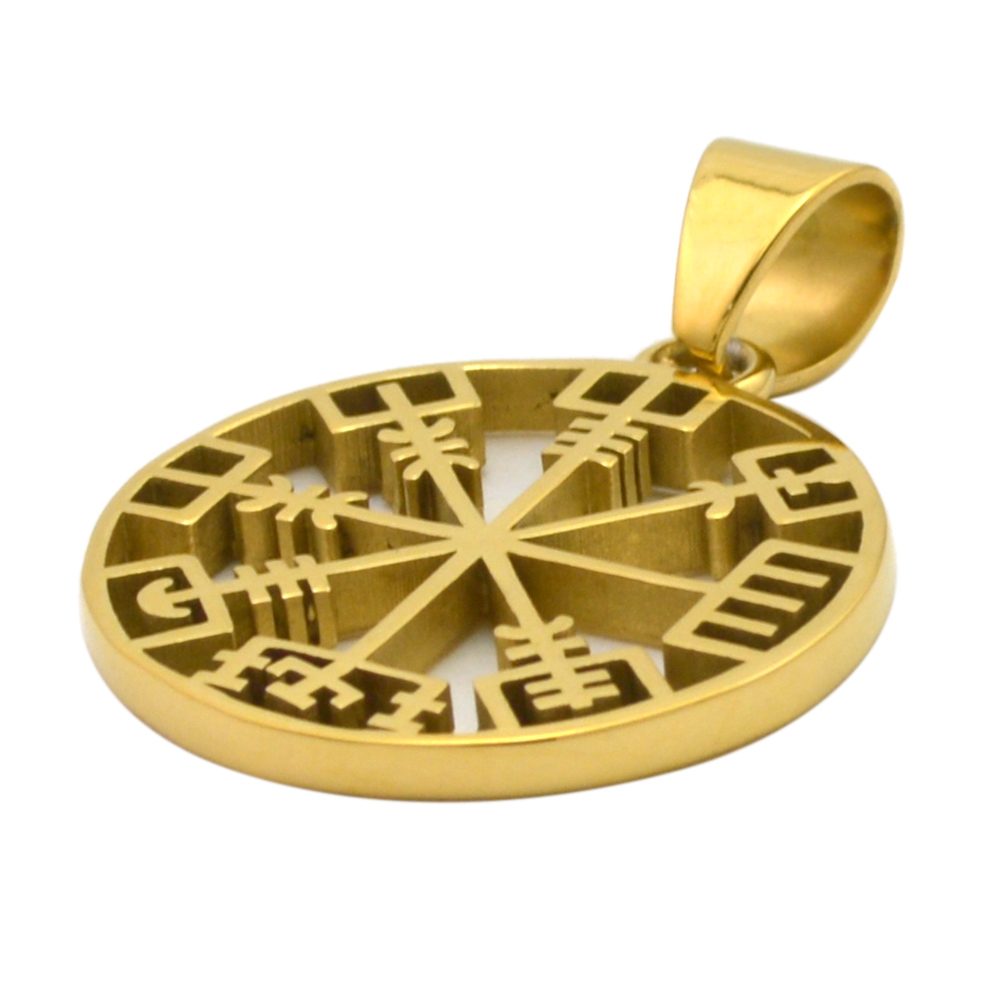
Male Viking jewelry is an exciting facet of Norse culture that portrayed aesthetic, social, and spiritual values persistent in that era, approximately for two to three centuries, starting in the late 8th century and going up to the mid-11th century. It was during this period that Norse explorers, traders, and warriors ranged over vast areas of Europe, the British Isles, and all the way to North America. It was not only an accessory that Viking men carried for the purpose of social rankings, but also as an identity and some acted as talismans of safety.
Materials known to have been used during the production of Viking jewelry include silver, bronze, gold, amber, glass, and stones. The Vikings were skilled metalworkers whose workmanship consisted of techniques such as casting, engraving, and inlaying with precious metals like gold and garnet. The level of craftsmanship used to be intricate in design, reflecting the then common animal and interlace motifs from the Norse art style.
Apart from their ornamental value, most pieces of jewelry had deep symbolic meanings. They are, therefore express the social status of their wearer or his allegiance to some god or gods or simply a protective amulet. For instance, Thor’s Hammer pendants were considered to ward off evil spirits and protect their wearers from harm.
Male Viking jewelry becomes evidence of the great wealth of cultural heritage coming from the Norse people. If anything, it is a display not only of their artistic abilities but also of spiritual beliefs, social order, and values. Thus, replicas of Viking jewelry are extremely in demand nowadays among everyone who sympathizes with Scandinavian culture and history, and therefore, they act as a real link to humans from the remotest past. To this very day, Viking jewelry remains that: magically worn for its aesthetic appeal or as an assertion for the modern person’s selfhood, and captures the imagination of humankind around the world.
